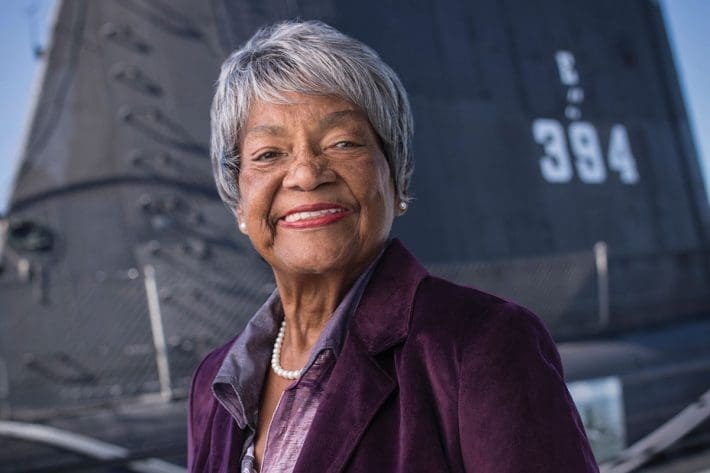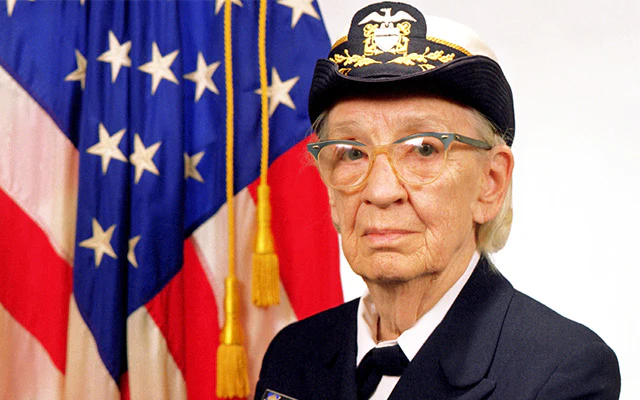Let’s learn about mathematicians in Women’s History Month this March!
Math and science have historically been male dominated fields. According to The STEM Gap,
“Women make up only 35% of the workforce in science, technology, engineering and math (STEM), and men vastly outnumber women majoring in most STEM fields in college. The gender gaps are particularly high in some of the fastest-growing and highest-paid jobs of the future, like computer science and engineering.”
(Read the full article for research based reasons why this is and what we can do about it. We are already doing something, because the number of women in the STEM workforce increased 31% over the past 10 years!
Let’s encourage our girls by studying some of the women who have made huge contributions to the field of mathematics! Biographies of Women Mathematicians has a long list, or here is a great condensed list for kids from Mash Up Math
Options For Learning
You could choose one mathematician a day to introduce to your students, or better yet have students use their research skills and choose one to learn about individually, with a partner, or with a group.
I let my students present their research in whatever form they want. I have had students choose to dress up as their person, make a poster, make a diorama, make a puppet show, write and illustrate a children’s book, write a skit and have other students participate, and make Powerpoint or Google Slide presentations.
However you choose to have your students learn, here are some fantastic resources:
Children’s Books About Female Mathematicians
Follow the links to purchase, or most of these are available as read alouds on YouTube.
Ancient
Hypatia: Explorer of Geometry (STEM Super Heroines). Hypatia of Alexandria is considered the first well known female mathematician. This book from Girls Rock Math celebrates her adventure as she became one of the Greco-Roman Empire’s most notable inventors and teachers.

Before 1950
Nothing Stopped Sophie: The Story of Unshakable Mathematician Sophie Germain tells the story of a self taught mathematician. As a woman in 18th century France, Germain was not allowed to go to college. However, she became the first woman to win a grand prize from France’s Academy of Sciences for her formula, which laid the groundwork for much of modern architecture. This book has won too many prizes to list, for not just math literature but science, social studies, and STEM.

Ada Byron Lovelace and the Thinking Machine. This well-written and handsomely illustrated picture book biography details how Ada Lovelace Byron was able to write the first computer program more than 100 years before the first computer was built. (description from School Librarian Journal)

Emmy Noether, the Most Important Mathematician You’ve Never Heard Of

Top of the Class: The Story of Marjorie Lee Browne is from the Girls Rock Math STEM Super Heroines series. Marjorie overcame countless obstacles as an African American woman growing up in the South during the Jim Crow era. She became one of the first women to earn a masters in the field of mathematics and used her unstoppable work ethic and passion for math to revolutionize the field of topology (math that is related to the geometric properties and spatial relations of objects)

After 1950
Mae Among the Stars was inspired by Mae Jemison. Jemison was the first black female astronaut to work for NASA in the late 70s. The beautifully illustrated book tells of her as a child dreaming of dancing in space. The theme of the story is how anything is possible if you can dream it and you work hard for it. As such it’s not exactly a math book but you certainly can’t be an astronaut without math!
Hidden Figures is a picture book based both on the adult book and the movie. It tells the story of the four African American women mathematicians (Dorothy Vaughan, Mary Jackson, Katherine Johnson, and Christine Darden) who worked at NASA during the first space launch.
Counting On Katherine: How Katherine Johnson Saved Apollo 13 goes into more depth about Katherine Johnson of Hidden Figures. It tells about her as a child who loved to count everything and was eager to learn more about math and the universe. For another option for learning more about Johnson consider A Computer Called Katherine.
Human Computer: Mary Jackson, Engineer and Computer Decoder: Dorothy Vaughn are individual biographies of the other women from Hidden Figures.
Grace Hopper: Queen of Computer Code Grace Hopper coined the term “computer bug” and taught computers to “speak English.”
The Girl With a Mind for Math: The Story of Raye Montague was a 2019 Mathical Honor Book. It was also an Outstanding Science Trade Book. It is a rhyming book with cartoon illustrations telling the story of Raye Montague. Montague was a Navy engineer that created the first computer-generated rough draft of a U.S. naval ship.
Maryam’s Magic: The story of mathematician Maryam Mirzakhani, the first woman to win the Fields Medal, the world’s most prestigious honor in mathematics.
Online Articles Appropriate For Kids
Timeline of Women in Mathematics
Hypatia (National Geographic Kids)

Ada Lovelace (Biography.com)

Sophie Germain (Britannica Kids)
Sophie Germain (Bedtime History)

Katherine Johnson (National Geographic Kids)

Raye Montague (Britannica Kids)

Grace Hopper Biography For Kids

Kid Friendly Videos
Extraordinary Women: Ada Lovelace (Little Fox on YouTube)
Ada Lovelace: The World’s First Computer Programmer (DaVinci on YouTube)
Ellen Ochoa: The First Female Hispanic Astronaut (Untold History on YouTube Kids)
Katherine Johnson: An American Hero (NASA on YouTubeKids)
Other Online Resources
If you have a subscription to Brainpop, they have a lesson on Ada Lovelace and on Grace Hopper


